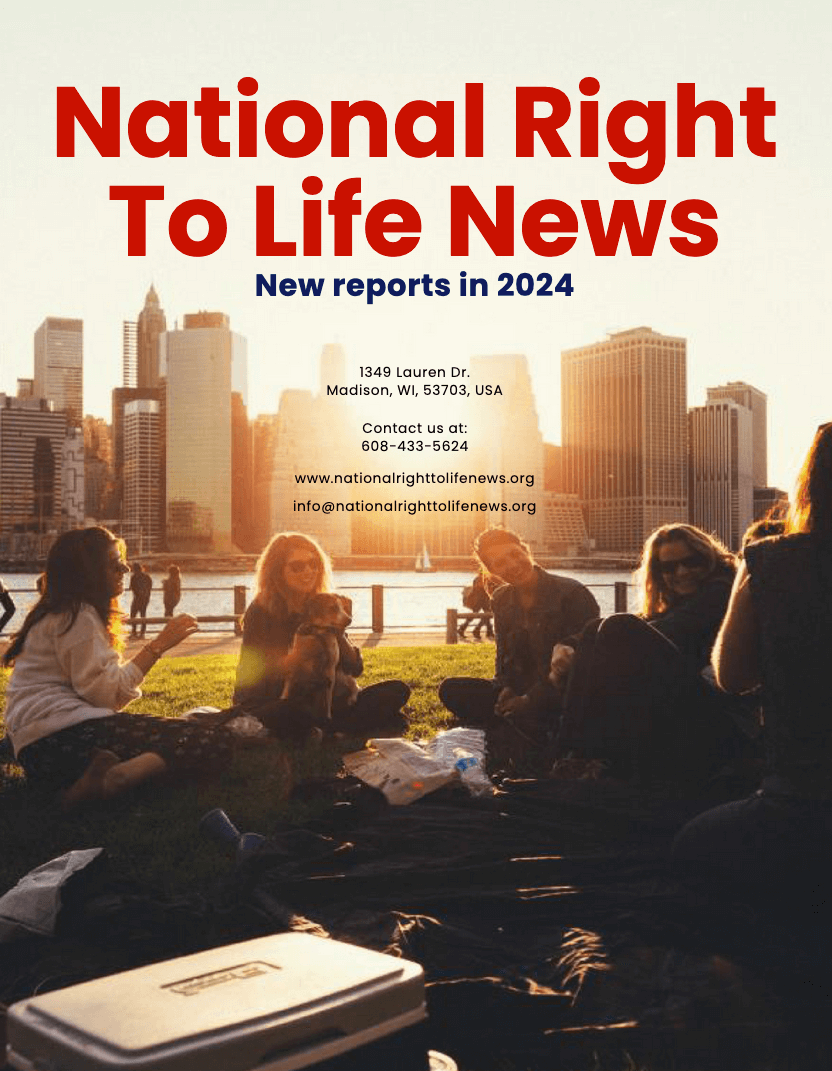The legalization of euthanasia and abortion means that some members of the medical profession have become more than willing to take human lives as opposed to saving them.
The American College of Obstetricians and Gynecology supports radical access to abortion, including later in pregnancy. Its journal, Obstetrics and Gynecology, just published a study, funded by a Stanford Medical School institute, arguing that abortion limits post-Dobbs will stress health-care-system resources because more babies with a particular heart defect will be born:
In a theoretical, data-driven simulation of the effects of varying abortion bans on neonatal single-ventricle cardiac defects, our model predicted an increase in the number of neonates born with single-ventricle cardiac defects and, thus, an increase in the number of neonates requiring heart surgeries, heart transplants, and ECMO and in neonatal deaths, substantially affecting health care systems. [Emphasis added.]
How many more babies with the condition will be born?
In the scenario of a complete abortion ban, the model predicted a 53.7% increase in the diagnosis of neonatal single-ventricle cardiac defects, or an additional 9 cases per 100,000 live births. This increase would result in an additional 531 neonatal heart surgeries, 16 heart transplants, 77 ECMO utilizations, and 102 neonatal deaths annually. . . . [Emphasis added.]
Two additional abortion scenarios, including an abortion ban at 13 weeks of gestation and a ban at 20 weeks of gestation, were also analyze. In the scenario of an abortion ban at 13 weeks of gestation, live births would increase to 1,385, resulting in 1,357 heart surgeries, 40 heart transplants, 196 ECMO utilizations, and 261 neonatal deaths. In the abortion ban scenario at 20 weeks of gestation, the model predicted 1,361 live births, with a total of 1,333 heart surgeries, 39 heart transplants, 142 ECMO utilizations, and 189 neonatal deaths.
The abnormality is serious, but many of these babies can be saved, as described in a story published about the journal article by the Stanford Medical News Center:
The condition can be treated with three open-heart surgeries performed in the first two to three years of life. The surgeries reroute blood so that the right ventricle pumps oxygen-rich blood throughout the body instead of pumping only to the lungs. Although the surgeries can be lifesaving, they do not restore normal heart structure. Even with excellent surgical care, some patients die in infancy or childhood, and others suffer damage to the brain, lungs, liver, kidneys or intestines. Some affected children receive a heart transplant instead, which provides a heart with normal physiology but also requires a lifetime of immune-suppressing drugs to prevent rejection of the organ. [Emphasis added.]
This seems, to me, to go beyond an objective description of the risks of surgery and to verge on implying that children experiencing ill health or disabilities would be better off never being born.
In what sounds to me like advocating a search-and-destroy mission, the authors of this article urge that methods be found to detect the problem before an ultrasonogram at 18 weeks — which is when the defect is now detectable — so that abortions can be performed earlier in the pregnancy before some bans would take effect:
A universal 15-week ban would likely prompt the need for earlier detailed fetal anatomy imaging, although most cardiac anomalies are not detected in the first trimester even in experienced centers. In efforts to prepare for varying abortion bans, clinicians providing prenatal care should use standardized anatomical protocols to attempt to improve the sensitivity of first-trimester ultrasonography to increase detection rates of fetal anomalies. This likely would translate into an increase cost to the health care system due to earlier and more extensive diagnostic testing. [Emphasis added.]
The authors conclude:
As restrictions are being enacted, the potential effects of these anomalies on health care resources should guide policy makers. States considering limiting abortion access should consider the implications of such policies on the resources required to care for the increasing number of children that will be born with significant and complex medical needs, including congenital heart disease. [Emphasis added.]
The article could have celebrated the lives that will be saved and urged states to prepare to help these children. Instead, its utilitarianism reeks like a sewer with the clear preference for aborting babies with genetic “defects.” (The call for earlier detection is the tell.)
Disgusting.
Editor’s note. Wesley’s great columns appear at National Review Online and reposted with his permission.
Chelsea Garcia is a political writer with a special interest in international relations and social issues. Events surrounding the war in Ukraine and the war in Israel are a major focus for political journalists. But as a former local reporter, she is also interested in national politics.
Chelsea Garcia studied media, communication and political science in Texas, USA, and learned the journalistic trade during an internship at a daily newspaper. In addition to her political writing, she is pursuing a master's degree in multimedia and writing at Texas.

